
English Encyclopedia
 Wissenschaft und Technik
Wissenschaft und Technik

 Breakthrough Prize
Breakthrough Prize
 Fundamental Physics Breakthrough Prize
Fundamental Physics Breakthrough Prize
 Breakthrough Prize
Breakthrough Prize
 New Horizons in Physics Prize
New Horizons in Physics Prize
 Geschichte der Vereinigten Staaten
Geschichte der Vereinigten Staaten
 Ivy League
Ivy League

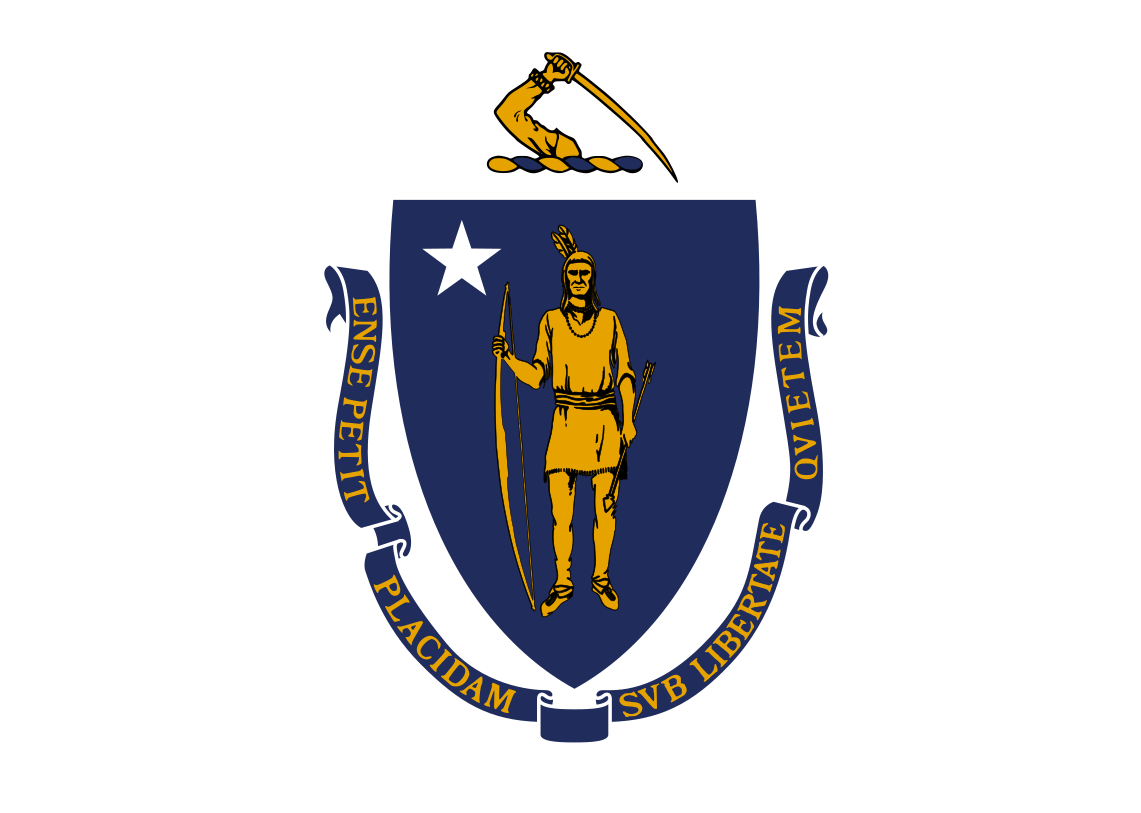 Massachusetts-MA
Massachusetts-MA

 Medizin, Pharma, Rehabilitation
Medizin, Pharma, Rehabilitation
 Medizinische Hochschulen/Medical colleges/Forschungsinstitut/Research Institute
Medizinische Hochschulen/Medical colleges/Forschungsinstitut/Research Institute
 Nobelpreis
Nobelpreis
 Nobelpreis für Chemie
Nobelpreis für Chemie
 Nobelpreis
Nobelpreis
 Nobelpreis für Literatur
Nobelpreis für Literatur
 Nobelpreis
Nobelpreis
 Nobelpreis für Physik
Nobelpreis für Physik
 Nobelpreis
Nobelpreis
 Nobelpreis für Physiologie oder Medizin
Nobelpreis für Physiologie oder Medizin
 Nobelpreis
Nobelpreis
 Nobelpreis für Wirtschaftswissenschaften
Nobelpreis für Wirtschaftswissenschaften
 Nobelpreis
Nobelpreis
 Universität/Institut
Universität/Institut
 Nobelpreis
Nobelpreis
 Nobelpreis für Frieden
Nobelpreis für Frieden
 Sinologie
Sinologie

 Universitäten in den USA
Universitäten in den USA
 USA
USA

 Wissenschaft und Technik
Wissenschaft und Technik
 *Weltberühmte Forschungseinrichtungen/World famous research institutions
*Weltberühmte Forschungseinrichtungen/World famous research institutions
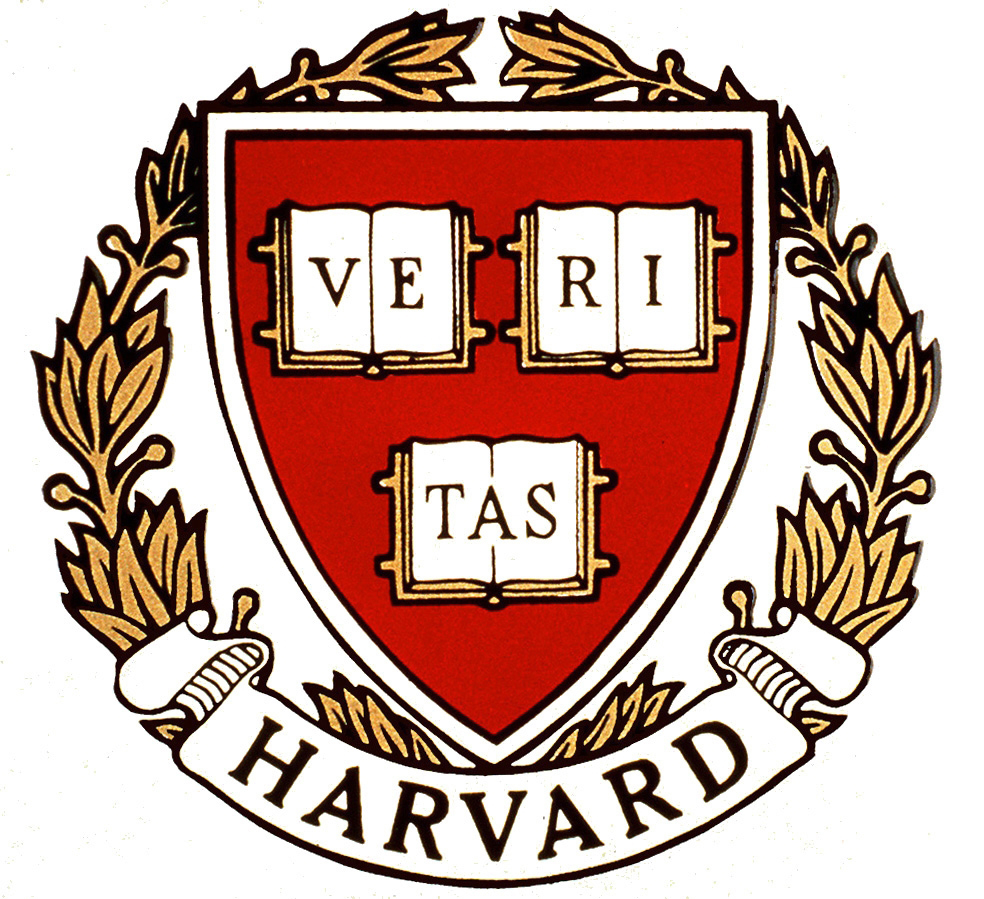
Harvard University is a private Ivy League research university in Cambridge, Massachusetts, with about 6,700 undergraduate students and about 15,250 post graduate students. Established in 1636 and named for its first benefactor, clergyman John Harvard, Harvard is the United States' oldest institution of higher learning,[9] and its history, influence, and wealth have made it one of the world's most prestigious universities.[10] The Harvard Corporation is its first chartered corporation. Although never formally affiliated with any denomination, the early College primarily trained Congregational and Unitarian clergy. Its curriculum and student body were gradually secularized during the 18th century, and by the 19th century, Harvard had emerged as the central cultural establishment among Boston elites.[11][12] Following the American Civil War, President Charles W. Eliot's long tenure (1869–1909) transformed the college and affiliated professional schools into a modern research university; Harvard was a founding member of the Association of American Universities in 1900.[13] A. Lawrence Lowell, who followed Eliot, further reformed the undergraduate curriculum and undertook aggressive expansion of Harvard's land holdings and physical plant. James Bryant Conant led the university through the Great Depression and World War II and began to reform the curriculum and liberalize admissions after the war. The undergraduate college became coeducational after its 1977 merger with Radcliffe College.
The university is organized into eleven separate academic units—ten faculties and the Radcliffe Institute for Advanced Study—with campuses throughout the Boston metropolitan area:[14] its 209-acre (85 ha) main campus is centered on Harvard Yard in Cambridge, approximately 3 miles (5 km) northwest of Boston; the business school and athletics facilities, including Harvard Stadium, are located across the Charles River in the Allston neighborhood of Boston and the medical, dental, and public health schools are in the Longwood Medical Area.[15] The endowment of Harvard's is worth $37.1 billion, making it the largest of any academic institution.[8]
Harvard is a large, highly residential research university.[16] The nominal cost of attendance is high, but the university's large endowment allows it to offer generous financial aid packages.[17] The Harvard Library is the world's largest academic and private library system, comprising 79 individual libraries holding over 18 million items.[18][19][20] The University is cited as one of the world's top tertiary institutions by various organizations.[21][22][23][24]
Harvard's alumni include eight U.S. presidents, several foreign heads of state, 62 living billionaires, 359 Rhodes Scholars, and 242 Marshall Scholars.[25][26][27] To date, some 157 Nobel laureates, 18 Fields Medalists, and 14 Turing Award winners have been affiliated as students, faculty, or staff.[28] In addition, Harvard students and alumni have won 10 Academy Awards, 48 Pulitzer Prizes,[29] and 108 Olympic medals (46 gold, 41 silver and 21 bronze).[30]
L’université Harvard (Harvard University), ou plus simplement Harvard, est une université privée américaine située à Cambridge, ville de l'agglomération de Boston, dans le Massachusetts. Fondée le 28 octobre 16361, c'est le plus ancien établissement d'enseignement supérieur des États-Unis2,3.
Elle fait partie de l'Ivy League, regroupement informel des huit universités de la côte Est des États-Unis. Plus de 70 de ses étudiants ont reçu un prix Nobel4. Le corps enseignant est constitué de 2 497 professeurs, pour 6 715 étudiants de premier cycle (undergraduate, en anglais) et 12 424 étudiants de cycle supérieur (graduate en anglais). Harvard attire des étudiants du monde entier (132 nationalités représentées en 20045).
 China
China

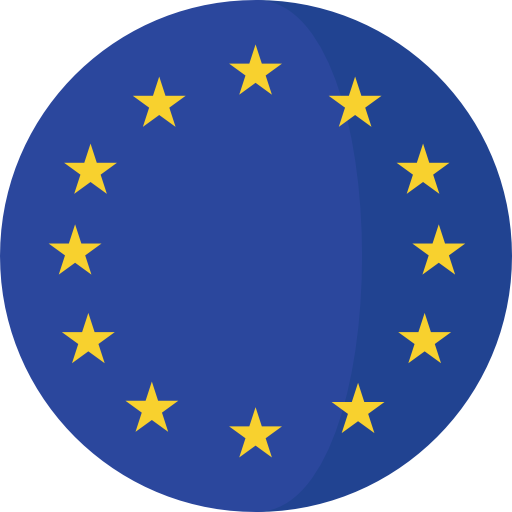 Europäische Union
Europäische Union
 Frankreich
Frankreich
 Japan
Japan

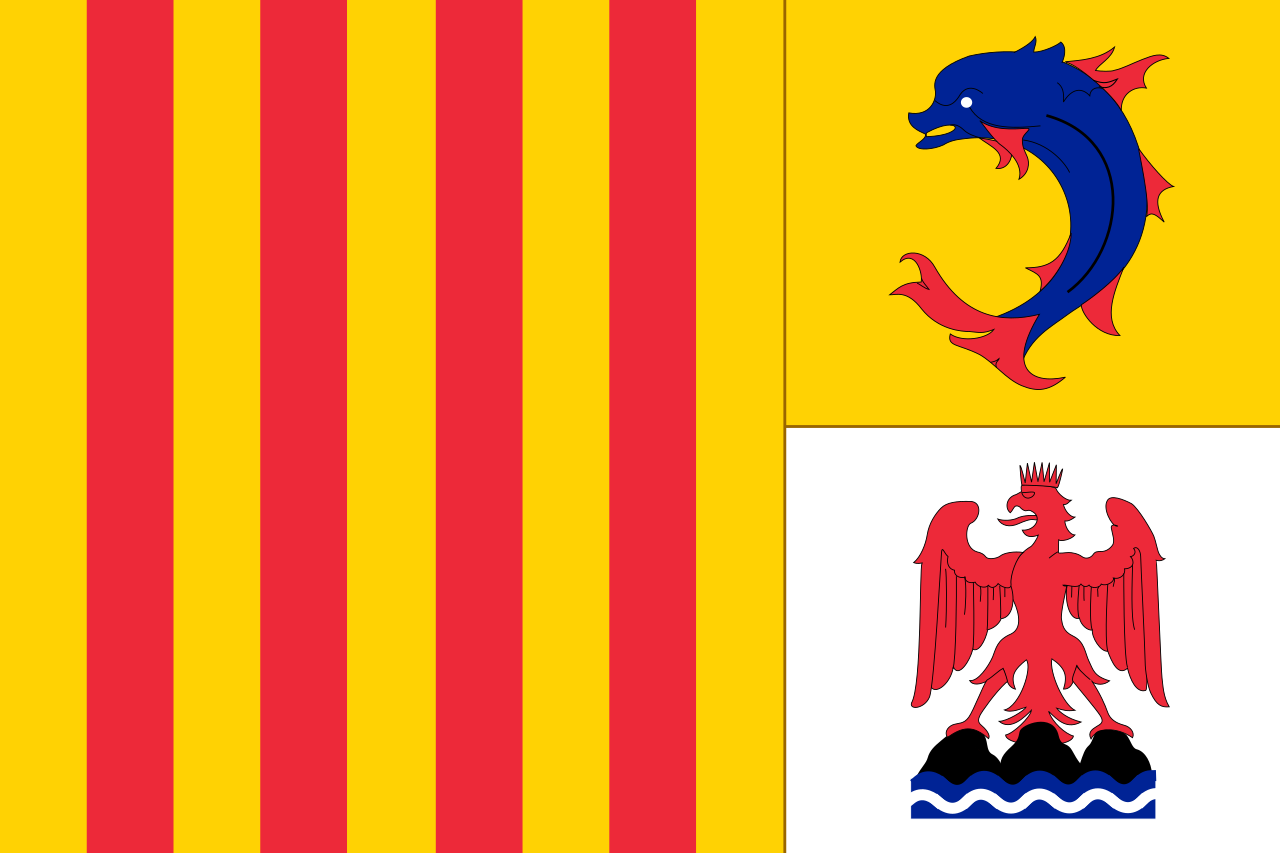 Provence-Alpes-Côte d´Azur
Provence-Alpes-Côte d´Azur
 Republik Korea
Republik Korea
 Russland
Russland
 USA
USA

 Wissenschaft und Technik
Wissenschaft und Technik
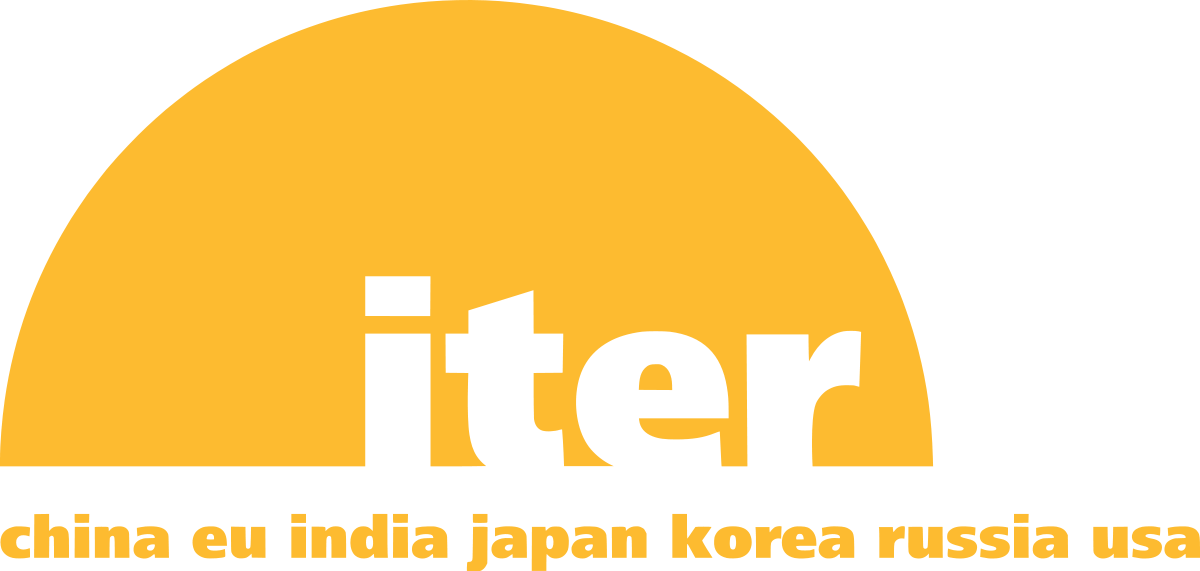
ITER (initially the International Thermonuclear Experimental Reactor, iter meaning "the way" or "the path" in Latin[1][2][3]) is an international nuclear fusion research and engineering megaproject aimed at replicating the fusion processes of the Sun to create energy on the Earth. Upon completion of construction of the main reactor and first plasma, planned for late 2025,[4] it will be the world's largest magnetic confinement plasma physics experiment and the largest experimental tokamak nuclear fusion reactor. It is being built next to the Cadarache facility in southern France.[5][6] ITER will be the largest of more than 100 fusion reactors built since the 1950s, with ten times the plasma volume of any other tokamak operating today.[7][8]
The long-term goal of fusion research is to generate electricity. ITER's stated purpose is scientific research, and technology demonstration of a large fusion reactor, without electricity generation.[9][7] ITERs goals are: to achieve enough fusion to produce 10 times as much thermal output power as thermal power absorbed by the plasma for short time periods; to demonstrate and test technologies that would be needed to operate a fusion power plant including cryogenics, heating, control and diagnostics systems, plus remote maintenance; to achieve and learn from a burning plasma; to test tritium breeding; and to demonstrate the safety of a fusion plant.[8][6]
ITER's thermonuclear fusion reactor will use over 300MW of electrical power to cause the plasma to absorb 50 MW of thermal power, creating 500 MW of heat from fusion for periods of 400 to 600 seconds.[10] This would mean a ten-fold gain of plasma heating power (Q), as measured by heating input to thermal output, or Q ≥ 10.[11] As of 2021, the record for energy production using nuclear fusion is held by the National Ignition Facility reactor, which achieved a Q of 0.70 in August 2021.[12] Beyond just heating the plasma, the total electricity consumed by the reactor and facilities will range from 110 MW up to 620 MW peak for 30-second periods during plasma operation.[13] As a research reactor, the heat energy generated will not be converted to electricity, but simply vented.[6][14][15]
ITER is funded and run by seven member parties: China, the European Union, India, Japan, Russia, South Korea and the United States. The United Kingdom participates through EU's Fusion for Energy (F4E), Switzerland participates through Euratom and F4E, and the project has cooperation agreements with Australia, Canada, Kazakhstan and Thailand.[16]
Construction of the ITER complex started in 2013,[17] and assembly of the tokamak began in 2020.[18] The initial budget was close to €6 billion, but the total price of construction and operations is projected to be from €18 to €22 billion;[19][20] other estimates place the total cost between $45 billion and $65 billion, though these figures are disputed by ITER.[21][22] Regardless of the final cost, ITER has already been described as the most expensive science experiment of all time,[23] the most complicated engineering project in human history,[24] and one of the most ambitious human collaborations since the development of the International Space Station (€100 billion budget) and the Large Hadron Collider (€7.5 billion budget).[25][26]
ITER's planned successor, the EUROfusion-led DEMO, is expected to be one of the first fusion reactors to produce electricity in an experimental environment.

 Geschichte
Geschichte
 M 1500 - 2000 nach Christus
M 1500 - 2000 nach Christus

 Geschichte
Geschichte

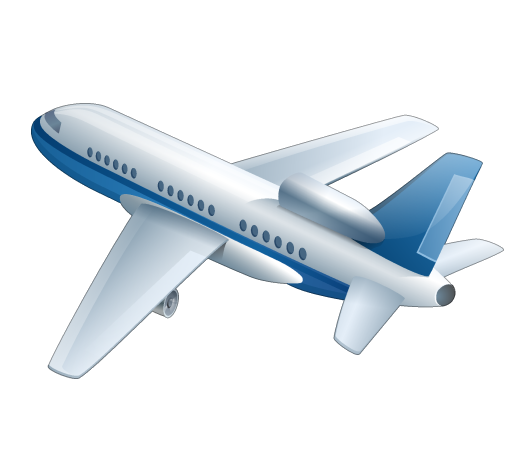
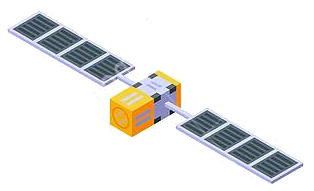
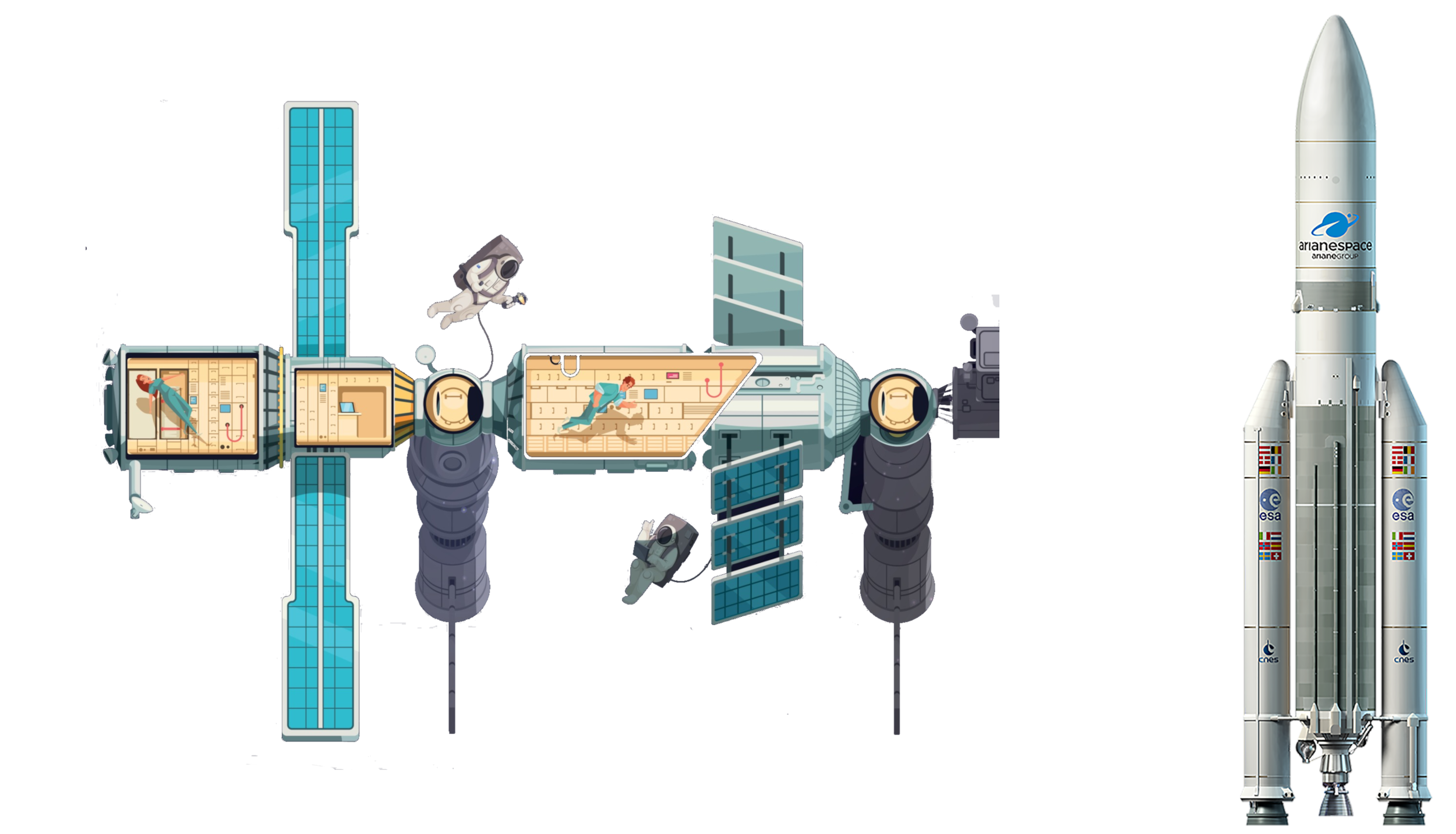 Luft- und Raumfahrt
Luft- und Raumfahrt
 *NASA
*NASA



 Luft- und Raumfahrt
Luft- und Raumfahrt
 *JAXA
*JAXA



 Luft- und Raumfahrt
Luft- und Raumfahrt
 *Roskosmos
*Roskosmos



 Luft- und Raumfahrt
Luft- und Raumfahrt
 *ESA
*ESA



 Luft- und Raumfahrt
Luft- und Raumfahrt
 *DLR
*DLR



 Luft- und Raumfahrt
Luft- und Raumfahrt
 *CNES
*CNES



 Luft- und Raumfahrt
Luft- und Raumfahrt
 *ASI
*ASI



 Luft- und Raumfahrt
Luft- und Raumfahrt
 *AEB
*AEB
 USA
USA

 Wissenschaft und Technik
Wissenschaft und Technik
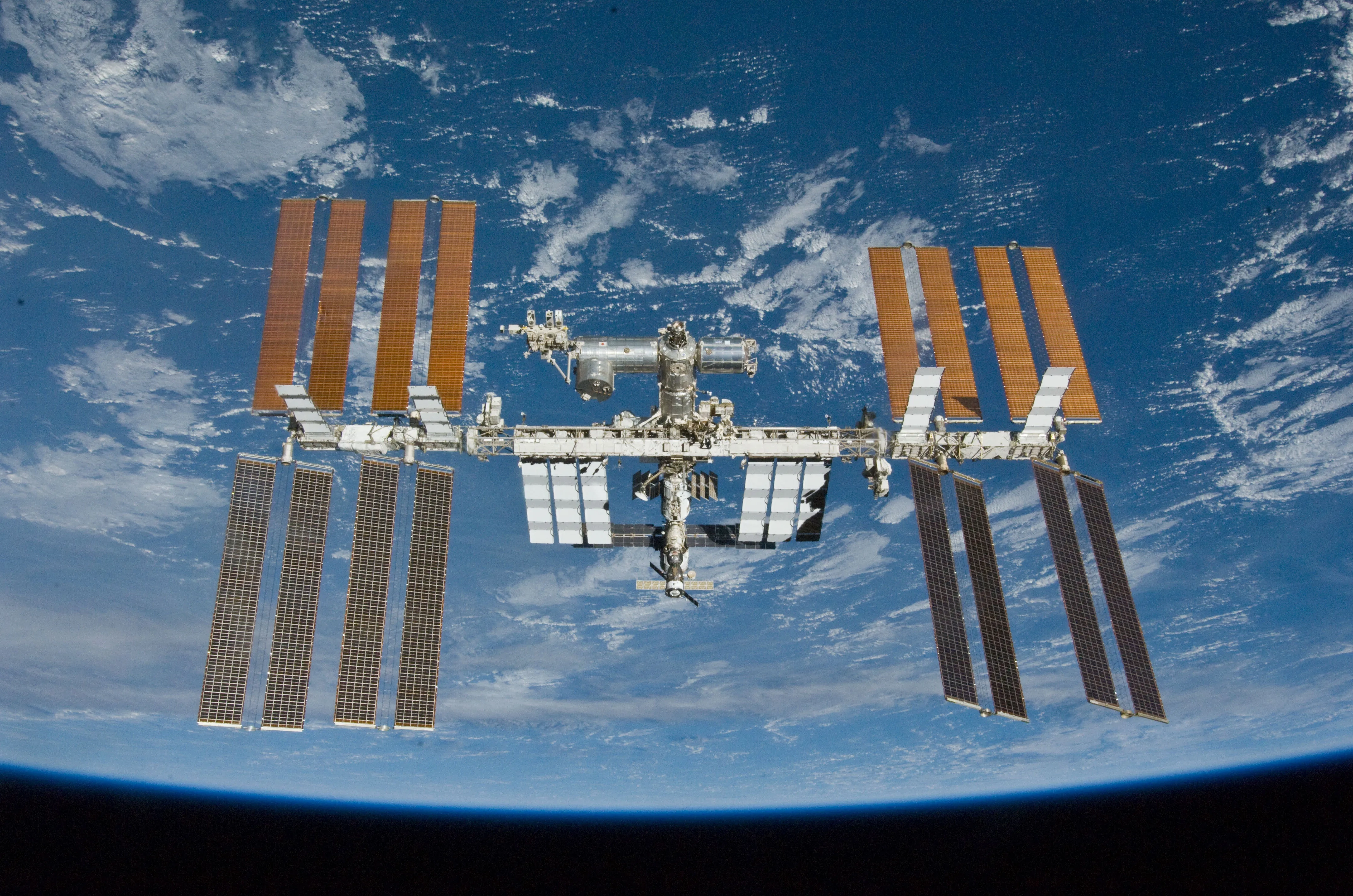

The International Space Station (ISS) is a space station, or a habitable artificial satellite, in low Earth orbit. Its first component launched into orbit in 1998, and the last pressurised module was fitted in 2011. The station is expected to operate until at least 2028. Development and assembly of the station continues, with components scheduled for launch in 2018 and 2019. The ISS is the largest human-made body in low Earth orbit and can often be seen with the naked eye from Earth.[7][8] The ISS consists of pressurised modules, external trusses, solar arrays, and other components. ISS components have been launched by Russian Proton and Soyuz rockets, and American Space Shuttles.[9]
The ISS serves as a microgravity and space environment research laboratory in which crew members conduct experiments in biology, human biology, physics, astronomy, meteorology, and other fields.[10][11][12] The station is suited for the testing of spacecraft systems and equipment required for missions to the Moon and Mars.[13] The ISS maintains an orbit with an altitude of between 330 and 435 km (205 and 270 mi) by means of reboost manoeuvres using the engines of the Zvezda module or visiting spacecraft. It completes 15.54 orbits per day.[14]
The ISS programme is a joint project among five participating space agencies: NASA, Roscosmos, JAXA, ESA, and CSA.[15][16] The ownership and use of the space station is established by intergovernmental treaties and agreements.[17] The station is divided into two sections, the Russian Orbital Segment (ROS) and the United States Orbital Segment (USOS), which is shared by many nations. As of January 2018, the American portion of ISS is being funded until 2025.[18][19][20] Roscosmos has endorsed the continued operation of ISS through 2024[21] but has proposed using elements of the Russian Orbital Segment to construct a new Russian space station called OPSEK.[22]
The ISS is the ninth space station to be inhabited by crews, following the Soviet and later Russian Salyut, Almaz, and Mir stations as well as Skylab from the US. The station has been continuously occupied for 17 years and 364 days since the arrival of Expedition 1 on 2 November 2000. This is the longest continuous human presence in low Earth orbit, having surpassed the previous record of 9 years and 357 days held by Mir. It has been visited by astronauts, cosmonauts and space tourists from 17 different nations.[23] After the American Space Shuttle programme ended in 2011, Soyuz rockets became the only provider of transport for astronauts at the ISS.
The station is serviced by a variety of visiting spacecraft: the Russian Soyuz and Progress, the American Dragon and Cygnus, the Japanese H-II Transfer Vehicle,[15] and formerly the American Space Shuttle and the European Automated Transfer Vehicle. The Dragon became the only provider of bulk cargo return to Earth (called downmass). Soyuz has very limited downmass capability.
On 28 March 2015, Russian sources announced that Roscosmos and NASA had agreed to collaborate on the development of a replacement for the current ISS.[24][25] NASA later issued a guarded statement expressing thanks for Russia's interest in future co-operation in space exploration but fell short of confirming the Russian involvement.[26][27]
 Breakthrough Prize
Breakthrough Prize
 Fundamental Physics Breakthrough Prize
Fundamental Physics Breakthrough Prize
 Breakthrough Prize
Breakthrough Prize
 Breakthrough Prize in Life Sciences
Breakthrough Prize in Life Sciences
 Breakthrough Prize
Breakthrough Prize
 New Horizons in Physics Prize
New Horizons in Physics Prize

 Massachusetts-MA
Massachusetts-MA
 Nobelpreis
Nobelpreis
 Nobelpreis für Chemie
Nobelpreis für Chemie
 Nobelpreis
Nobelpreis
 Nobelpreis für Frieden
Nobelpreis für Frieden
 Nobelpreis
Nobelpreis
 Nobelpreis für Physik
Nobelpreis für Physik
 Nobelpreis
Nobelpreis
 Nobelpreis für Physiologie oder Medizin
Nobelpreis für Physiologie oder Medizin
 Nobelpreis
Nobelpreis
 Nobelpreis für Wirtschaftswissenschaften
Nobelpreis für Wirtschaftswissenschaften
 Nobelpreis
Nobelpreis
 Universität/Institut
Universität/Institut

 Universitäten in den USA
Universitäten in den USA
 Vereinigte Staaten
Vereinigte Staaten
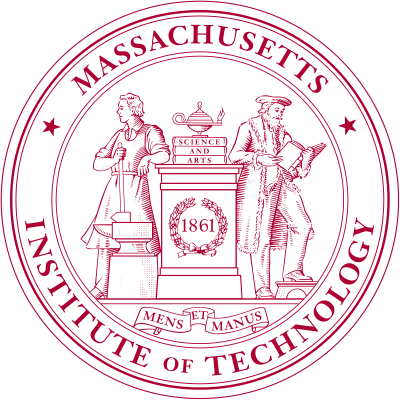

The Massachusetts Institute of Technology (MIT) is a private land-grant research university in Cambridge, Massachusetts. Established in 1861, MIT has since played a key role in the development of modern technology and science, ranking it among the top academic institutions in the world.[11][12][13][14]
Founded in response to the increasing industrialization of the United States, MIT adopted a European polytechnic university model and stressed laboratory instruction in applied science and engineering. The institute has an urban campus that extends more than a mile (1.6 km) alongside the Charles River, and encompasses a number of major off-campus facilities such as the MIT Lincoln Laboratory, the Bates Center, and the Haystack Observatory, as well as affiliated laboratories such as the Broad and Whitehead Institutes.
As of December 2021, 98 Nobel laureates,[15] 26 Turing Award winners, and 8 Fields Medalists have been affiliated with MIT as alumni, faculty members, or researchers.[16] In addition, 58 National Medal of Science recipients, 29 National Medals of Technology and Innovation recipients, 50 MacArthur Fellows,[17] 80 Marshall Scholars,[18] 41 astronauts,[19] 16 Chief Scientists of the U.S. Air Force, and numerous heads of states have been affiliated with MIT. The institute also has a strong entrepreneurial culture and MIT alumni have founded or co-founded many notable companies.[20][21] MIT is a member of the Association of American Universities (AAU)[22] and has received more Sloan Research Fellowships than any other university in North America.
Discoveries and innovation
Natural sciences
- Oncogene – Robert Weinberg discovered genetic basis of human cancer.[314]
- Reverse transcription – David Baltimore independently isolated, in 1970 at MIT, two RNA tumor viruses: R-MLV and again RSV.[315]
- Thermal death time – Samuel Cate Prescott and William Lyman Underwood from 1895 to 1898. Done for canning of food. Applications later found useful in medical devices, pharmaceuticals, and cosmetics.[316]
Computer and applied sciences
- Akamai Technologies – Daniel Lewin and Tom Leighton developed a faster content delivery network, now one of the world's largest distributed computing platforms, responsible for serving between 15 and 30 percent of all web traffic.[317]
- Cryptography – MIT researchers Ron Rivest, Adi Shamir and Leonard Adleman developed one of the first practical public-key cryptosystems, the RSA cryptosystem, and started a company, RSA Security.[318]
- Digital circuits – Claude Shannon, while a master's degree student at MIT, developed the digital circuit design theory which paved the way for modern computers.[319]
- Electronic ink – developed by Joseph Jacobson at MIT Media Lab.[320]
- Emacs (text editor) – development began during the 1970s at the MIT AI Lab.[321]
- Flight recorder (black box) – Charles Stark Draper developed the black box at MIT's Instrumentation Laboratory. That lab later made the Apollo Moon landings possible through the Apollo Guidance Computer it designed for NASA.[322]
- GNU Project – Richard Stallman formally founded the free software movement in 1983 by launching the GNU Project at MIT.[323][324][325]
- Julia (programming language) – Development was started in 2009, by Jeff Bezanson, Stefan Karpinski, Viral B. Shah, and Alan Edelman, all at MIT at that time, and continued with the contribution of a dedicated MIT Julia Lab[326]
- Lisp (programming language) – John McCarthy invented Lisp at MIT in 1958.[327]
- Lithium-ion battery efficiencies – Yet-Ming Chiang and his group at MIT showed a substantial improvement in the performance of lithium batteries by boosting the material's conductivity by doping it[328] with aluminium, niobium and zirconium.[329][330]
- Macsyma, one of the oldest general-purpose computer algebra systems; the GPL-licensed version Maxima remains in wide use.[331]
- MIT OpenCourseWare – the OpenCourseWare movement started in 1999 when the University of Tübingen in Germany published videos of lectures online for its timms initiative (Tübinger Internet Multimedia Server).[332] The OCW movement only took off, however, with the launch of MIT OpenCourseWare and the Open Learning Initiative at Carnegie Mellon University[333] in October 2002. The movement was soon reinforced by the launch of similar projects at Yale, Utah State University, the University of Michigan and the University of California Berkeley.[334]
- Perdix micro-drone – autonomous drone that uses artificial intelligence to swarm with many other Perdix drones.[335]
- Project MAC – groundbreaking research in operating systems, artificial intelligence, and the theory of computation. DARPA funded project.[336]
- Radar – developed at MIT's Radiation Laboratory during World War II.[337]
- SKETCHPAD – invented by Ivan Sutherland at MIT (presented in his PhD thesis). It pioneered the way for human–computer interaction (HCI).[338] Sketchpad is considered to be the ancestor of modern computer-aided design (CAD) programs as well as a major breakthrough in the development of computer graphics in general.[339]
- VisiCalc – first spreadsheet computer program for personal computers, originally released for the Apple II by VisiCorp. MIT alumni Dan Bricklin and Bob Frankston rented time sharing at night on an MIT mainframe computer (that cost $1/hr for use).[340]
- World Wide Web Consortium – founded in 1994 by Tim Berners-Lee, (W3C) is the main international standards organization for the World Wide Web[341]
- X Window System – pioneering architecture-independent system for graphical user interfaces that has been widely used for Unix and Linux systems.[342]

 Geschichte
Geschichte
 M 1500 - 2000 nach Christus
M 1500 - 2000 nach Christus

 Geschichte
Geschichte

 Geschichte
Geschichte

 Geschichte
Geschichte
 N 2000 - 2100 nach Christus
N 2000 - 2100 nach Christus


 IT-Times
IT-Times
 HPC
HPC



 Luft- und Raumfahrt
Luft- und Raumfahrt
 *ASI
*ASI



 Luft- und Raumfahrt
Luft- und Raumfahrt
 *CNES
*CNES



 Luft- und Raumfahrt
Luft- und Raumfahrt
 *DLR
*DLR



 Luft- und Raumfahrt
Luft- und Raumfahrt
 *ESA
*ESA



 Luft- und Raumfahrt
Luft- und Raumfahrt
 Missionen zum Mars
Missionen zum Mars



 Luft- und Raumfahrt
Luft- und Raumfahrt
 Mars 2020
Mars 2020
 USA
USA

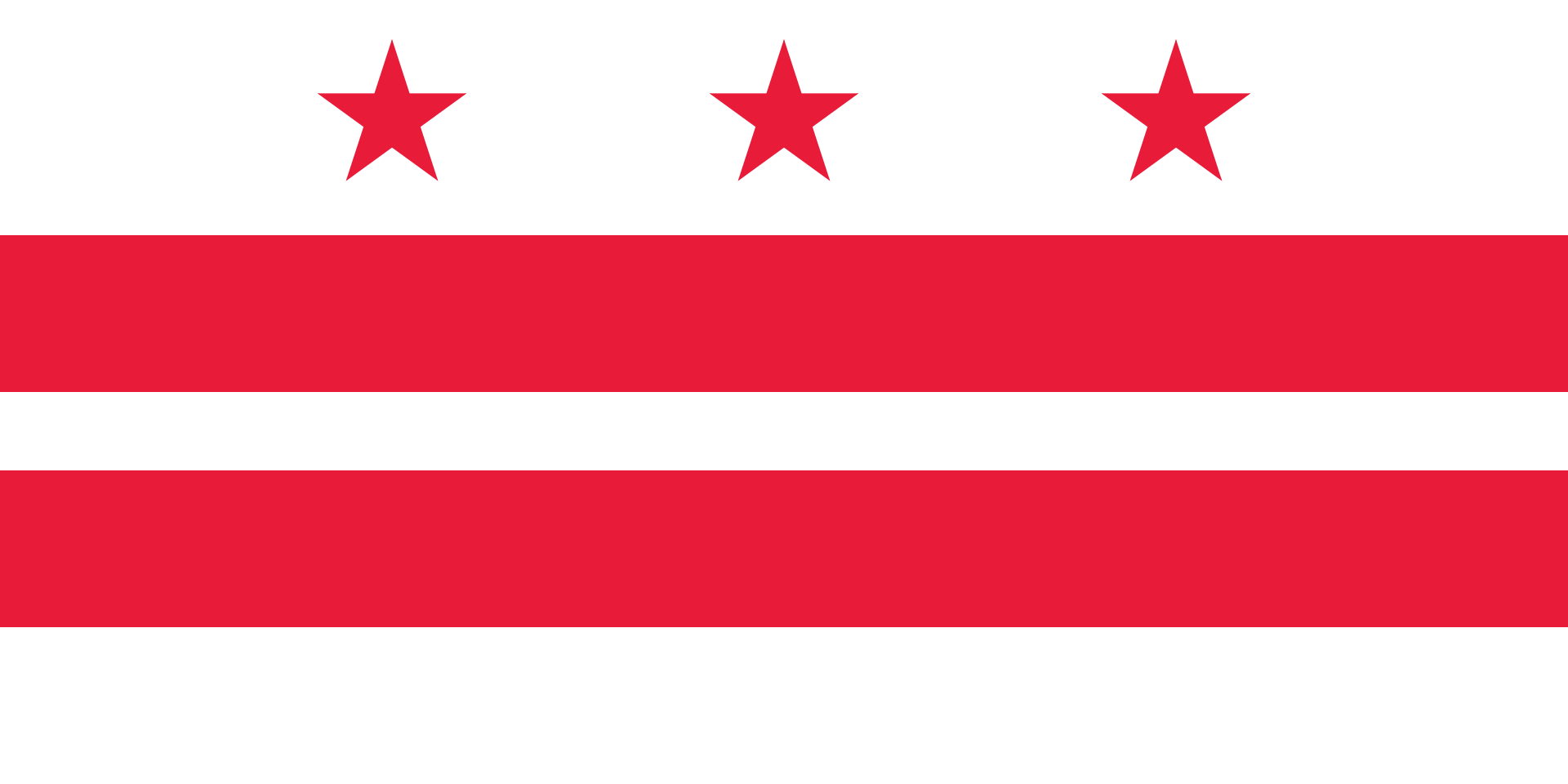 Washington, D.C.
Washington, D.C.

 Wissenschaft und Technik
Wissenschaft und Technik
 *Weltberühmte Forschungseinrichtungen/World famous research institutions
*Weltberühmte Forschungseinrichtungen/World famous research institutions
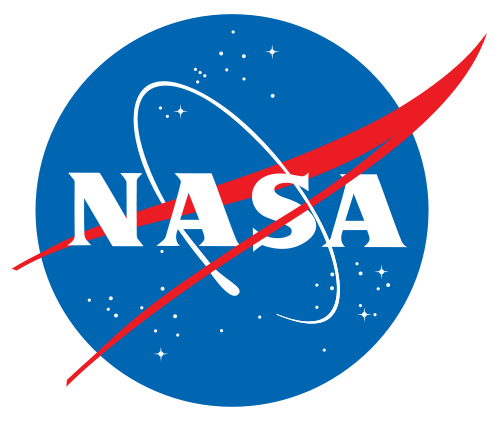
The National Aeronautics and Space Administration (NASA; /ˈnæsə/) is an independent agency of the U.S. federal government responsible for the civilian space program, as well as aeronautics and space research.[note 1]
NASA was established in 1958, succeeding the National Advisory Committee for Aeronautics (NACA). The new agency was to have a distinctly civilian orientation, encouraging peaceful applications in space science.[7][8][9] Since its establishment, most US space exploration efforts have been led by NASA, including the Apollo Moon landing missions, the Skylab space station, and later the Space Shuttle. NASA is supporting the International Space Station and is overseeing the development of the Orion spacecraft, the Space Launch System, Commercial Crew vehicles, and the planned Lunar Gateway space station. The agency is also responsible for the Launch Services Program, which provides oversight of launch operations and countdown management for uncrewed NASA launches.
NASA's science is focused on better understanding Earth through the Earth Observing System;[10] advancing heliophysics through the efforts of the Science Mission Directorate's Heliophysics Research Program;[11] exploring bodies throughout the Solar System with advanced robotic spacecraft such as New Horizons;[12] and researching astrophysics topics, such as the Big Bang, through the Great Observatories and associated programs.
 International Council for Science,ICSU
International Council for Science,ICSU
 Mitgliedstaaten
Mitgliedstaaten

 Washington, D.C.
Washington, D.C.

 Wissenschaft und Technik
Wissenschaft und Technik
 Asiatische Stadt
Asiatische Stadt
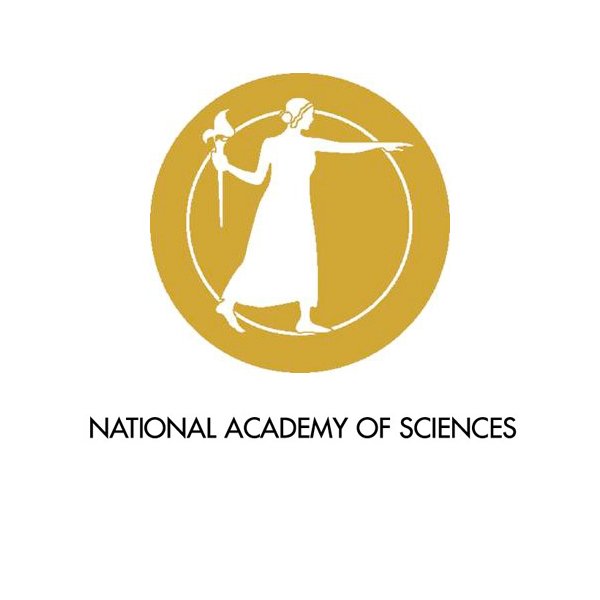
The National Academy of Sciences (NAS) is a United States nonprofit, non-governmental organization. NAS is part of the National Academies of Sciences, Engineering, and Medicine, along with the National Academy of Engineering (NAE) and the National Academy of Medicine (NAM).
As a national academy, new members of the organization are elected annually by current members, based on their distinguished and continuing achievements in original research. Election to the National Academy is one of the highest honors in the scientific field. Members of the National Academy of Sciences serve pro bono as "advisers to the nation" on science, engineering, and medicine. The group holds a congressional charter under Title 36 of the United States Code.
Founded in 1863 as a result of an Act of Congress that was approved by Abraham Lincoln, the NAS is charged with "providing independent, objective advice to the nation on matters related to science and technology. … to provide scientific advice to the government 'whenever called upon' by any government department."[2]
The Academy receives no compensation from the government for its services.[3]
The Academy currently has 2,984 members and international members. Existing members elect new members for life. Up to 120 members are elected every year; up to 30 foreign citizens may be elected as international members annually. The election process begins with a formal nomination, followed by a vetting period, and culminates in a final ballot at the Academy's annual meeting in April each year. Members are affiliated with a section -- a specific scientific field -- in one of six so-called "classes": (1) Physical and Mathematical Sciences; (2) Biological Sciences; (3) Engineering and Applied Sciences; (4) Biomedical Sciences; (5) Behavioral and Social Sciences; and (6) Applied Biological, Agricultural, and Environmental Sciences.[6] Since its founding, the Academy has elected 6,457 members. Harvard University is associated with the most members (329), some 5% of the all-time total. The top ten institutions, half of which are Ivy League universities, account for nearly 28% of all members ever elected.[11]
| Top 10 Primary Institutions | Members (1963-2022) |
|---|---|
| Harvard University | 329 |
| Stanford University | 250 |
| University of California, Berkeley | 242 |
| Massachusetts Institute of Technology | 206 |
| Yale University | 132 |
| Princeton University | 128 |
| California Institute of Technology | 126 |
| Columbia University | 125 |
| University of Chicago | 120 |
| University of Pennsylvania | 83 |
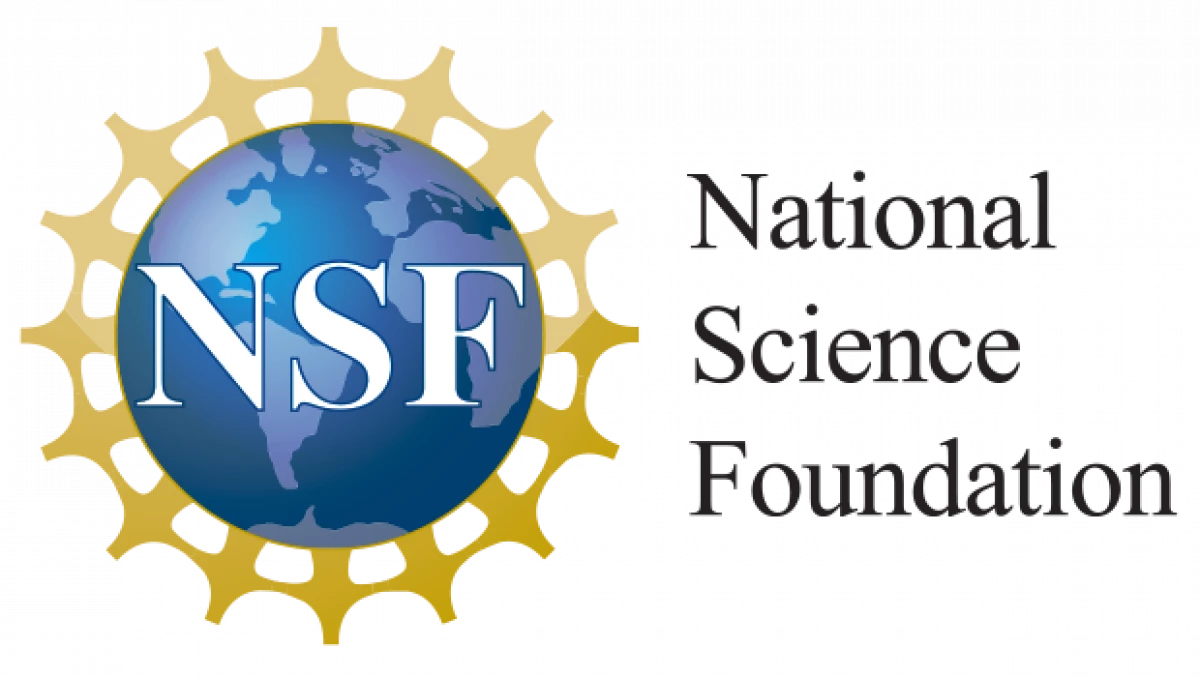
The National Science Foundation (NSF) is an independent agency of the United States government that supports fundamental research and education in all the non-medical fields of science and engineering. Its medical counterpart is the National Institutes of Health. With an annual budget of about $8.3 billion (fiscal year 2020), the NSF funds approximately 25% of all federally supported basic research conducted by the United States' colleges and universities.[4] In some fields, such as mathematics, computer science, economics, and the social sciences, the NSF is the major source of federal backing. In 2016, there were 6.9 million scientists and engineers employed in the United States. The 2020 NSF budget, split per capita, amounts to $1200 per US scientist per year; hence, it is not a practical funding source for most scientists.
The NSF's director and deputy director are appointed by the President of the United States and confirmed by the United States Senate, whereas the 24 president-appointed members of the National Science Board (NSB)[5] do not require Senate confirmation. The director and deputy director are responsible for administration, planning, budgeting and day-to-day operations of the foundation, while the NSB meets six times a year to establish its overall policies. The current NSF director is Sethuraman Panchanathan.
 *National Academies
*National Academies
 Royal Society
Royal Society
 International Council for Science,ICSU
International Council for Science,ICSU
 Mitgliedstaaten
Mitgliedstaaten
 Vereinigtes Königreich
Vereinigtes Königreich
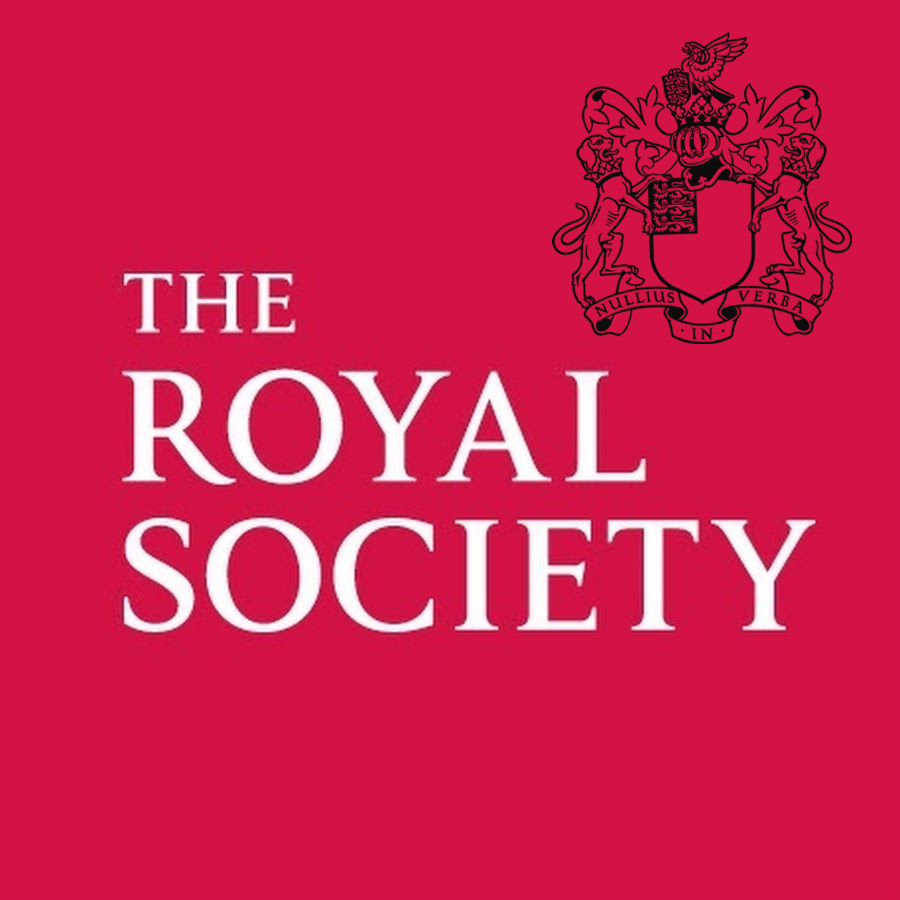
The President, Council and Fellows of the Royal Society of London for Improving Natural Knowledge,[1] commonly known as the Royal Society, is a learned society. Founded in November 1660, it was granted a royal charter by King Charles II as "The Royal Society".[1] It is the oldest national scientific institution in the world.[2] The society is the United Kingdom's and Commonwealth of Nations' Academy of Sciences and fulfils a number of roles: promoting science and its benefits, recognising excellence in science, supporting outstanding science, providing scientific advice for policy, fostering international and global co-operation, education and public engagement.
The society is governed by its Council, which is chaired by the Society's President, according to a set of statutes and standing orders. The members of Council and the President are elected from and by its Fellows, the basic members of the society, who are themselves elected by existing Fellows. As of 2016, there are about 1,600 fellows, allowed to use the postnominal title FRS (Fellow of the Royal Society), with up to 52 new fellows appointed each year. There are also royal fellows, honorary fellows and foreign members, the last of which are allowed to use the postnominal title ForMemRS (Foreign Member of the Royal Society). The Royal Society President is Venkatraman Ramakrishnan, who took up the post on 30 November 2015.[3]
Since 1967, the society has been based at 6–9 Carlton House Terrace, a Grade I listed building in central London which was previously used by the Embassy of Germany, London.
 Breakthrough Prize
Breakthrough Prize
 Fundamental Physics Breakthrough Prize
Fundamental Physics Breakthrough Prize
 Breakthrough Prize
Breakthrough Prize
 New Horizons in Physics Prize
New Horizons in Physics Prize

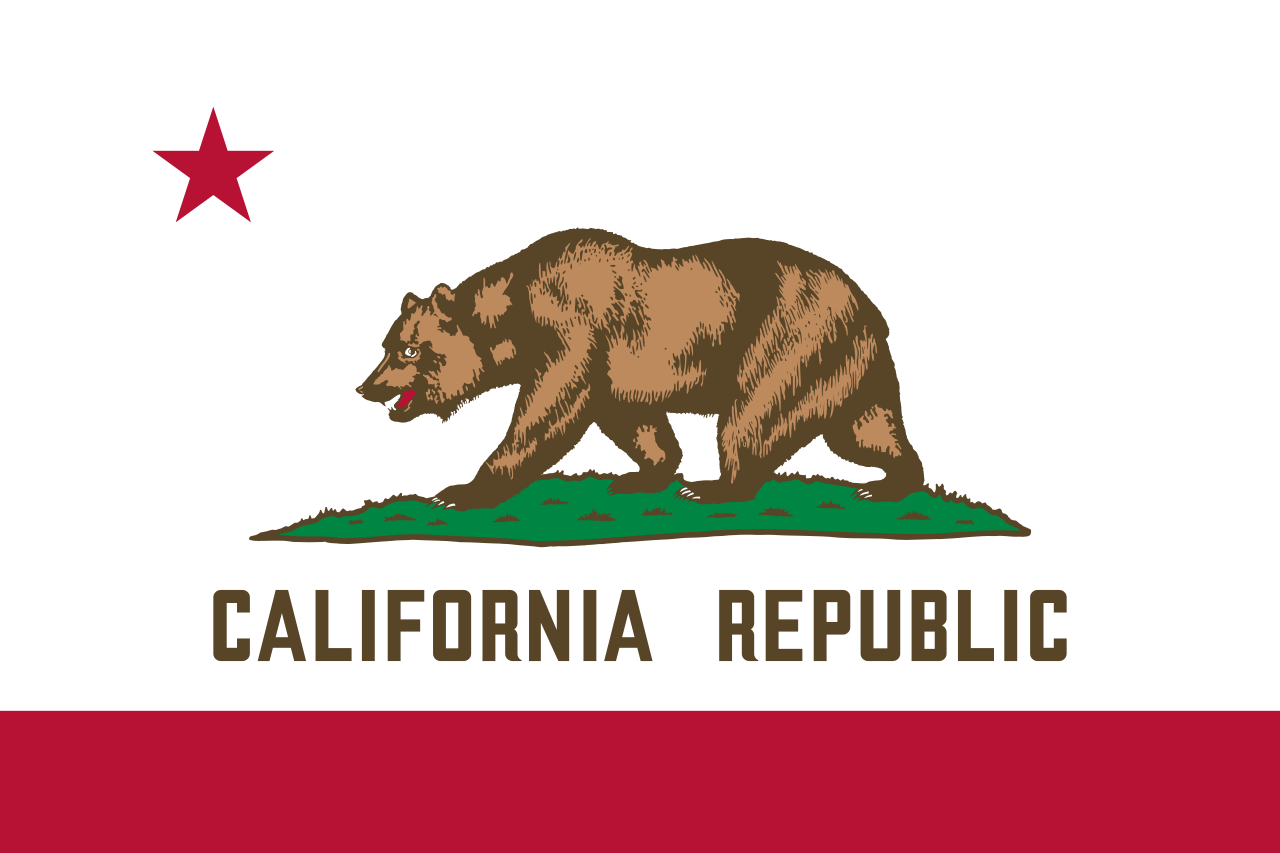 California-CA
California-CA

 Medizin, Pharma, Rehabilitation
Medizin, Pharma, Rehabilitation
 Medizinische Hochschulen/Medical colleges/Forschungsinstitut/Research Institute
Medizinische Hochschulen/Medical colleges/Forschungsinstitut/Research Institute
 Nobelpreis
Nobelpreis
 Nobelpreis für Chemie
Nobelpreis für Chemie
 Nobelpreis
Nobelpreis
 Nobelpreis für Literatur
Nobelpreis für Literatur
 Nobelpreis
Nobelpreis
 Nobelpreis für Physik
Nobelpreis für Physik
 Nobelpreis
Nobelpreis
 Nobelpreis für Physiologie oder Medizin
Nobelpreis für Physiologie oder Medizin
 Nobelpreis
Nobelpreis
 Nobelpreis für Wirtschaftswissenschaften
Nobelpreis für Wirtschaftswissenschaften
 Nobelpreis
Nobelpreis
 Universität/Institut
Universität/Institut
 Sinologie
Sinologie

 Universitäten in den USA
Universitäten in den USA
 Vereinigte Staaten
Vereinigte Staaten
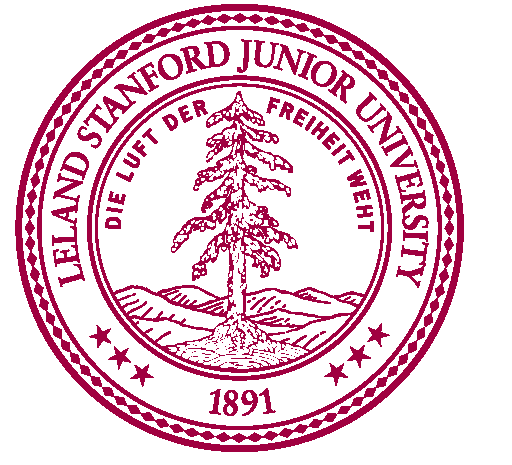
Stanford University, officially Leland Stanford Junior University,[13][14] is a private research university in Stanford, California. The campus occupies 8,180 acres (3,310 hectares), among the largest in the United States, and enrolls over 17,000 students.[15] Stanford is ranked among the top universities in the world.[16][17][18][19][20]
Stanford was founded in 1885 by Leland and Jane Stanford in memory of their only child, Leland Stanford Jr., who had died of typhoid fever at age 15 the previous year.[2] Leland Stanford was a U.S. senator and former governor of California who made his fortune as a railroad tycoon. The school admitted its first students on October 1, 1891,[2][3] as a coeducational and non-denominational institution. Stanford University struggled financially after the death of Leland Stanford in 1893 and again after much of the campus was damaged by the 1906 San Francisco earthquake.[21] Following World War II, provost Frederick Terman supported faculty and graduates' entrepreneurialism to build self-sufficient local industry in what would later be known as Silicon Valley.[22]
The university is organized around seven schools on the same campus: three schools consisting of 40 academic departments at the undergraduate level as well as four professional schools that focus on graduate programs in law, medicine, education, and business. The university also houses the public policy think tank, the Hoover Institution. Students compete in 36 varsity sports, and the university is one of two private institutions in the Division I FBS Pac-12 Conference. As of May 26, 2022, Stanford has won 131 NCAA team championships,[23] more than any other university, and was awarded the NACDA Directors' Cup for 25 consecutive years, beginning in 1994–1995.[24] In addition, by 2021, Stanford students and alumni had won at least 296 Olympic medals including 150 gold and 79 silver medals.[25]
As of April 2021, 85 Nobel laureates, 29 Turing Award laureates,[note 1] and eight Fields Medalists have been affiliated with Stanford as students, alumni, faculty, or staff.[46] In addition, Stanford is particularly noted for its entrepreneurship and is one of the most successful universities in attracting funding for start-ups.[47][48][49][50][51] Stanford alumni have founded numerous companies, which combined produce more than $2.7 trillion in annual revenue and have created 5.4 million jobs as of 2011, roughly equivalent to the 7th largest economy in the world (as of 2020).[52][53][54] Stanford is the alma mater of U.S. President Herbert Hoover, 74 living billionaires, and 17 astronauts.[55] It is also one of the leading producers of Fulbright Scholars, Marshall Scholars, Rhodes Scholars, and members of the United States Congress.[56]
Stanford University was founded in 1885 by Leland and Jane Stanford, dedicated to the memory of Leland Stanford Jr, their only child. The institution opened in 1891 on Stanford's previous Palo Alto farm.
Jane and Leland Stanford modeled their university after the great eastern universities, most specifically Cornell University in Ithaca, New York. Stanford was referred to as the "Cornell of the West" in 1891 due to a majority of its faculty being former Cornell affiliates (professors, alumni, or both), including its first president, David Starr Jordan, and second president, John Casper Branner. Both Cornell and Stanford were among the first to make higher education accessible, non-sectarian, and open to women as well as men. Cornell is credited as one of the first American universities to adopt that radical departure from traditional education, and Stanford became an early adopter as well.[58]
From an architectural point of view, the Stanfords, particularly Jane, wanted their university to look different from the eastern ones, which had often sought to emulate the style of English university buildings. They specified in the founding grant[59] that the buildings should "be like the old adobe houses of the early Spanish days; they will be one-storied; they will have deep window seats and open fireplaces, and the roofs will be covered with the familiar dark red tiles". This guides the campus buildings to this day. The Stanfords also hired renowned landscape architect Frederick Law Olmsted, who previously designed the Cornell campus, to design the Stanford campus.
When Leland Stanford died in 1893, the continued existence of the university was in jeopardy due to a federal lawsuit against his estate, but Jane Stanford insisted the university remain in operation throughout the financial crisis.[60][61] The university suffered major damage from the 1906 San Francisco earthquake; most of the damage was repaired, but a new library and gymnasium were demolished, and some original features of Memorial Church and the Quad were never restored.[62]
During the early 20th century, the university added four professional graduate schools. Stanford University School of Medicine was established in 1908 when the university acquired Cooper Medical College in San Francisco;[63] it moved to the Stanford campus in 1959.[64] The university's law department, established as an undergraduate curriculum in 1893, was transitioned into a professional law school starting in 1908, and received accreditation from the American Bar Association in 1923.[65] The Stanford Graduate School of Education grew out of the Department of the History and Art of Education, one of the original 21 departments at Stanford, and became a professional graduate school in 1917.[66] The Stanford Graduate School of Business was founded in 1925 at the urging of then-trustee Herbert Hoover.[67] In 1919, The Hoover Institution on War, Revolution and Peace was started by Herbert Hoover to preserve artifacts related to World War I. The SLAC National Accelerator Laboratory (originally named the Stanford Linear Accelerator Center), established in 1962, performs research in particle physics.[68]
In the 1940s and 1950s, engineering professor and later provost Frederick Terman encouraged Stanford engineering graduates to invent products and start their own companies.[69] During the 1950s he established Stanford Industrial Park, a high-tech commercial campus on university land.[70] Also in the 1950s William Shockley, co-inventor of the silicon transistor, recipient of the 1956 Nobel Prize for Physics, and later professor of physics at Stanford, moved to the Palo Alto area and founded a company, Shockley Semiconductor Laboratory. The next year eight of his employees resigned and formed a competing company, Fairchild Semiconductor. The presence of so many high-tech and semiconductor firms helped to establish Stanford and the mid-Peninsula as a hotbed of innovation, eventually named Silicon Valley after the key ingredient in transistors.[71] Shockley and Terman are often described, separately or jointly, as the "fathers of Silicon Valley".[72][73]
Stanford in the 1960s rose from a regional university to one of the most prestigious in the United States, "when it appeared on lists of the "top ten" universities in America… This swift rise to performance [was] understood at the time as related directly to the university's defense contracts…"[74]
In the following decades however controversies would damage the reputation of the school. The 1971 Stanford prison experiment was criticized as unethical,[75] and the misuse of government funds from 1981 resulted in severe penalties to the school's research funding[76][77] and the resignation of Stanford President Donald Kennedy in 1992.
Research centers and institutes
Stanford is classified among "R1: Doctoral Universities – Very high research activity."[145] The university's research expenditure in fiscal year 2021 was $1.69 billion and total sponsored projects was 7,900+.[149] As of 2016 the Office of the Vice Provost and Dean of Research oversaw eighteen independent laboratories, centers, and institutes. Dr. Kathryn Ann Moler are the key person for leading those research centers for choosing problems, faculty members, and students. Funding is also provided for undergraduate and graduate students by those labs, centers, and institutes for collaborative research.[150]
Other Stanford-affiliated institutions include the SLAC National Accelerator Laboratory (originally the Stanford Linear Accelerator Center), the Stanford Research Institute (an independent institution which originated at the university), the Hoover Institution (a conservative[151] think tank) and the Hasso Plattner Institute of Design (a multidisciplinary design school in cooperation with the Hasso Plattner Institute of University of Potsdam that integrates product design, engineering, and business management education).[citation needed]
Stanford is home to the Martin Luther King Jr. Research and Education Institute which grew out of and still contains the Martin Luther King Jr. Papers Project, a collaboration with the King Center to publish the King papers held by the King Center.[152] It also runs the John S. Knight Fellowship for Professional Journalists and the Center for Ocean Solutions, which brings together marine science and policy to address challenges facing the ocean. It focuses mainly 5 points, such as climate change, overfishing, coastal development, pollution and plastics.[153]
Together with UC Berkeley and UC San Francisco, Stanford is part of the Biohub, a new medical science research center founded in 2016 by a $600 million commitment from Facebook CEO and founder Mark Zuckerberg and pediatrician Priscilla Chan. This medical research center is working for designing advanced-level health care units.



 Automobil
Automobil
 ***Technologie
***Technologie
 Elon Musk
Elon Musk

 Geschichte
Geschichte
 N 2000 - 2100 nach Christus
N 2000 - 2100 nach Christus


 IT-Times
IT-Times
 Mobile Networks
Mobile Networks


 IT-Times
IT-Times
 Fahrerassistenzsysteme
Fahrerassistenzsysteme


 IT-Times
IT-Times
 Smartphone
Smartphone

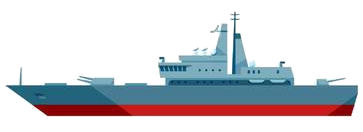
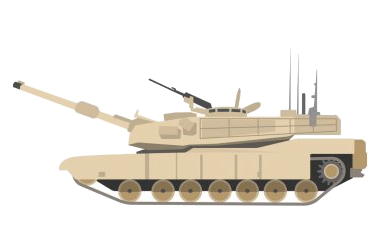
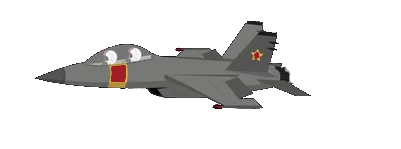
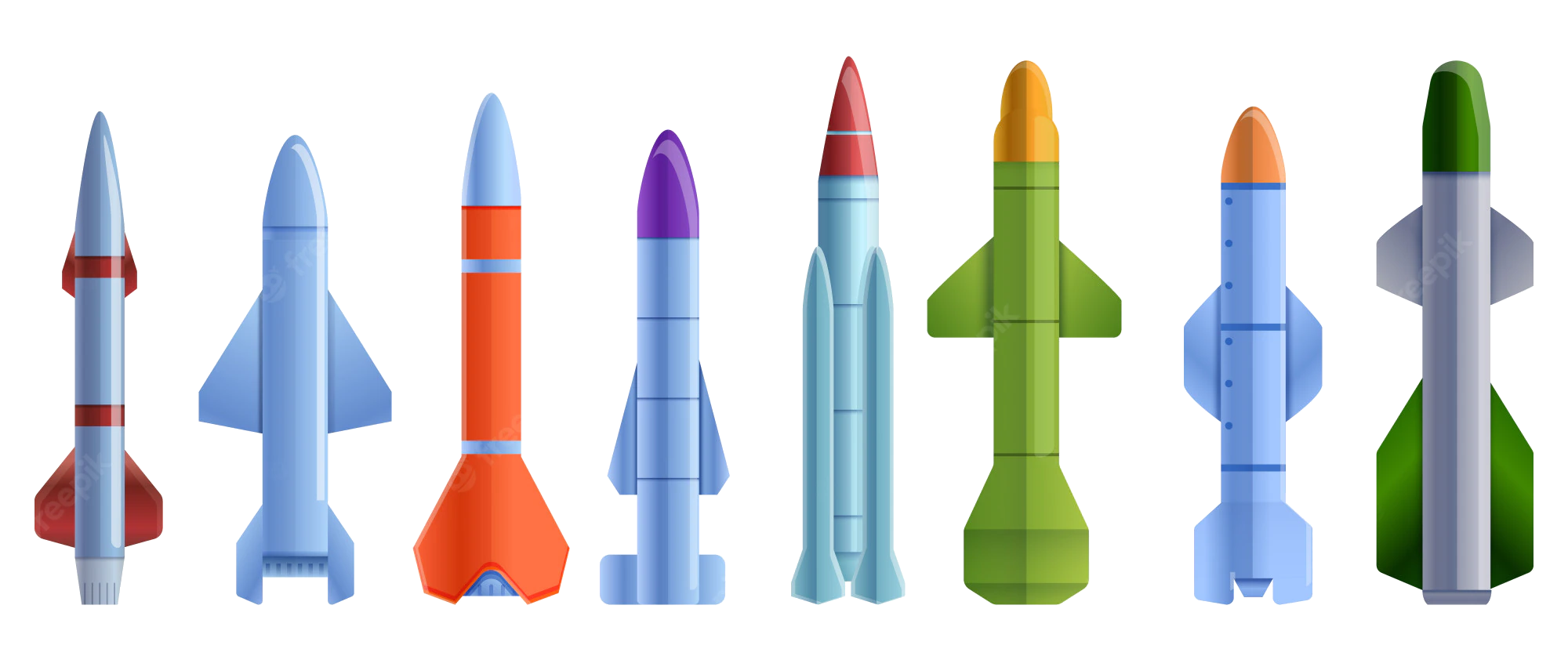 Militär,Verteidigung und Ausrüstung
Militär,Verteidigung und Ausrüstung

 Schiffe und Nautik
Schiffe und Nautik
 SpaceX
SpaceX

 Transport und Verkehr
Transport und Verkehr

 Wissenschaft und Technik
Wissenschaft und Technik
 Technologiekonzepte
Technologiekonzepte
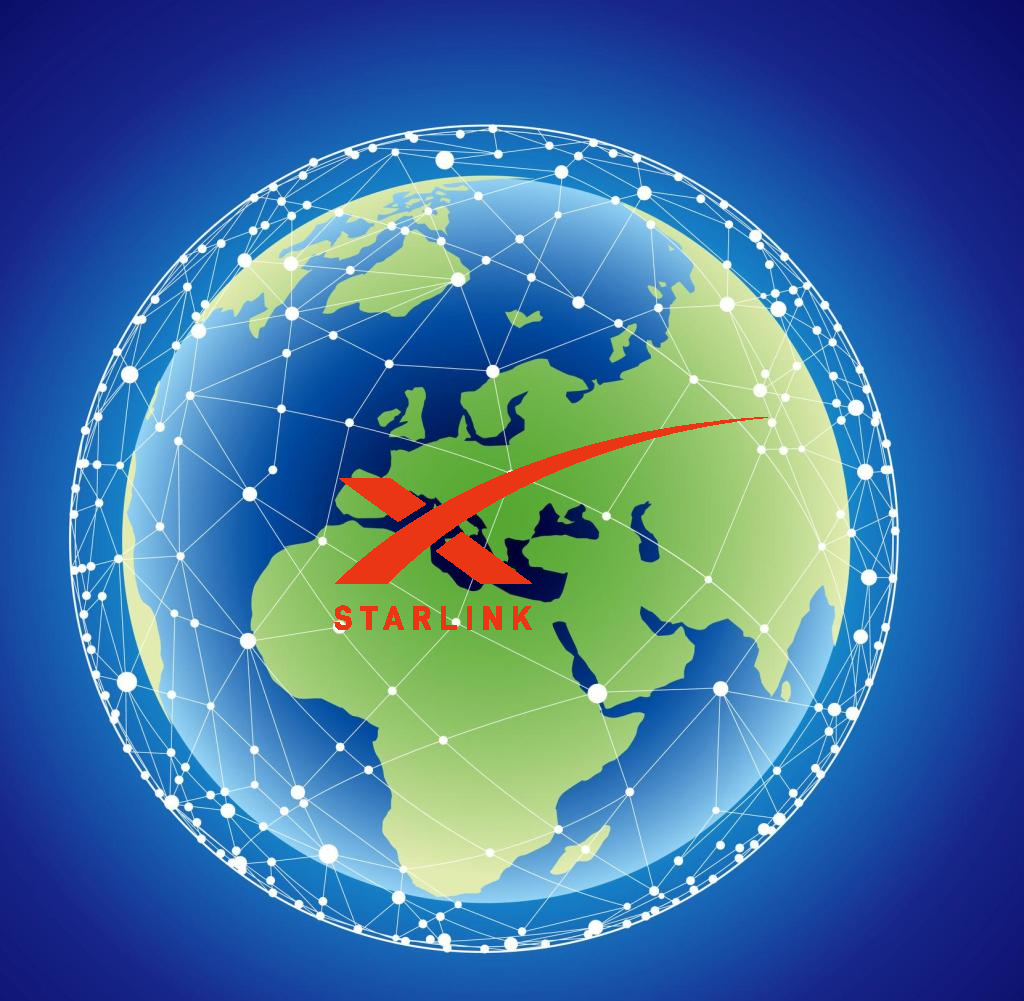
Starlink is a satellite internet constellation operated by SpaceX.[2] It provides satellite Internet access coverage to 32 countries where its use has been licensed, and aims for global coverage.[3][4] As of May 2022 Starlink consists of over 2,300 mass-produced small satellites in low Earth orbit (LEO), which communicate with designated ground transceivers.
The SpaceX satellite development facility in Redmond, Washington, houses the Starlink research, development, manufacturing, and orbit control teams. The cost of the decade-long project to design, build, and deploy the constellation was estimated by SpaceX in May 2018 to be at least US$10 billion.[5] In February 2017, documents indicated that SpaceX expects more than $30 billion in revenue by 2025 from its satellite constellation, while revenues from its launch business were expected to reach $5 billion in the same year.[6][7]
On 15 October 2019, the United States Federal Communications Commission (FCC) submitted filings to the International Telecommunication Union (ITU) on SpaceX's behalf to arrange spectrum for 30,000 additional Starlink satellites to supplement the 12,000 Starlink satellites already approved by the FCC.[8]
Some astronomers have raised concerns about the constellations' effect on ground-based astronomy and how the satellites will add to an already congested orbital environment.[9][10] SpaceX has attempted to mitigate astronomy concerns by implementing several upgrades to Starlink satellites aimed at reducing their brightness during operation.[11] The satellites are equipped with krypton-fueled Hall thrusters which allow them to de-orbit at the end of their life. Additionally, the satellites are designed to autonomously avoid collisions based on uplinked tracking data.

 Geschichte
Geschichte
 N 2000 - 2100 nach Christus
N 2000 - 2100 nach Christus


 IT-Times
IT-Times
 Artificial Intelligence
Artificial Intelligence


 IT-Times
IT-Times
 CAD/CAE/CAM/EDA/PDM/PLM
CAD/CAE/CAM/EDA/PDM/PLM


 IT-Times
IT-Times
 CNC
CNC


 IT-Times
IT-Times
 CRM/EAM/ERP/SRM/SCM/HCM/QM/XM/WFM
CRM/EAM/ERP/SRM/SCM/HCM/QM/XM/WFM


 IT-Times
IT-Times
 Industrial Robot
Industrial Robot


 IT-Times
IT-Times
 PLC/DCS/FCS/SCADA/MES
PLC/DCS/FCS/SCADA/MES
 Vereinigtes Königreich
Vereinigtes Königreich

 Wissenschaft und Technik
Wissenschaft und Technik

 Breakthrough Prize
Breakthrough Prize
 Fundamental Physics Breakthrough Prize
Fundamental Physics Breakthrough Prize

 Colleges and Universities in Europe
Colleges and Universities in Europe
 England
England
 League of European Research Universities,LERU
League of European Research Universities,LERU

 Medizin, Pharma, Rehabilitation
Medizin, Pharma, Rehabilitation
 Medizinische Hochschulen/Medical colleges/Forschungsinstitut/Research Institute
Medizinische Hochschulen/Medical colleges/Forschungsinstitut/Research Institute
 Nobelpreis
Nobelpreis
 Nobelpreis für Chemie
Nobelpreis für Chemie
 Nobelpreis
Nobelpreis
 Nobelpreis für Frieden
Nobelpreis für Frieden
 Nobelpreis
Nobelpreis
 Nobelpreis für Literatur
Nobelpreis für Literatur
 Nobelpreis
Nobelpreis
 Nobelpreis für Physik
Nobelpreis für Physik
 Nobelpreis
Nobelpreis
 Nobelpreis für Physiologie oder Medizin
Nobelpreis für Physiologie oder Medizin
 Nobelpreis
Nobelpreis
 Nobelpreis für Wirtschaftswissenschaften
Nobelpreis für Wirtschaftswissenschaften
 Nobelpreis
Nobelpreis
 Universität/Institut
Universität/Institut
 Russell Group
Russell Group
 Sinologie
Sinologie
 Universitäten im Vereinigten Königreich
Universitäten im Vereinigten Königreich
 Vereinigtes Königreich
Vereinigtes Königreich

 Wissenschaft und Technik
Wissenschaft und Technik
 *Weltberühmte Forschungseinrichtungen/World famous research institutions
*Weltberühmte Forschungseinrichtungen/World famous research institutions

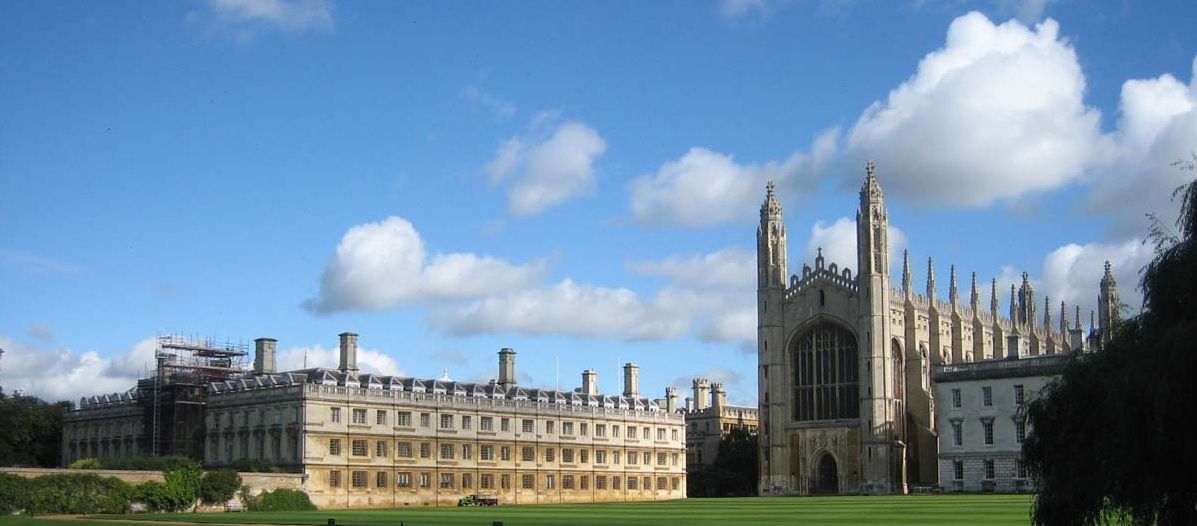
The University of Cambridge is a collegiate research university in Cambridge, United Kingdom. Founded in 1209[9] and granted a royal charter by Henry III in 1231, Cambridge is the second-oldest university in the English-speaking world and the world's fourth-oldest surviving university.[10] The university grew out of an association of scholars who left the University of Oxford after a dispute with the townspeople.[11] The two English ancient universities share many common features and are often jointly referred to as Oxbridge. Cambridge is ranked among the most prestigious universities in the world.
Cambridge is formed from a variety of institutions which include 31 semi-autonomous constituent colleges and over 150 academic departments, faculties and other institutions organised into six schools. All the colleges are self-governing institutions within the university, each controlling its own membership and with its own internal structure and activities. All students are members of a college. The university does not have a main campus, and its colleges and central facilities are scattered throughout the city. Undergraduate teaching at Cambridge centres on weekly small-group supervisions in the colleges in groups of typically 1–4 students. This intensive method of teaching is widely considered the 'jewel in the crown' of an Oxbridge undergraduate education.[12][13][14][15][16] In addition, lectures, seminars, laboratory work and occasionally further supervisions are provided by the central university faculties and departments. Postgraduate teaching is provided predominantly centrally.
Cambridge University Press & Assessment combines the oldest university press in the world with one of the world's leading examining bodies, which provides assessment to over eight million learners globally every year. The university also operates eight cultural and scientific museums, including the Fitzwilliam Museum, as well as a botanic garden. Cambridge's libraries, of which there are over 100, hold a total of around 16 million books, around nine million of which are in Cambridge University Library, a legal deposit library. The university is home to, but independent of, the Cambridge Union – the world's oldest debating society. The university is closely linked to the development of the high-tech business cluster known as 'Silicon Fen', the largest technology cluster in Europe.[17] It is the central member of Cambridge University Health Partners, an academic health science centre based around the Cambridge Biomedical Campus.
By endowment size, Cambridge is the wealthiest university in Europe.[18][19] In the fiscal year ending 31 July 2019, the central university, excluding colleges, had a total income of £2.192 billion, of which £592.4 million was from research grants and contracts.[4] At the end of the same financial year, the central university and colleges together possessed a combined endowment of over £7.1 billion and overall consolidated net assets (excluding 'immaterial' historical assets) of over £12.5 billion.[20] A member of numerous associations and part of the 'golden triangle' of English universities, Cambridge has educated many notable alumni, including eminent mathematicians, scientists, politicians, lawyers, philosophers, writers and actors. As of October 2020, 121 Nobel laureates, 11 Fields Medalists, 7 Turing Award winners, 47 heads of state, and 14 British prime ministers have been affiliated with Cambridge as students, alumni, faculty or research staff.[21] As of 2016, University alumni had won 194 Olympic medals.
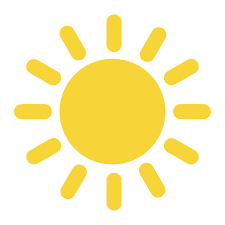 Energieressource
Energieressource

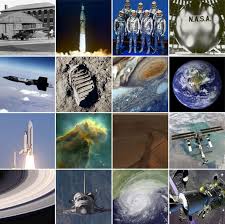
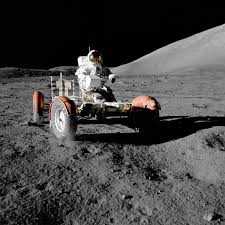
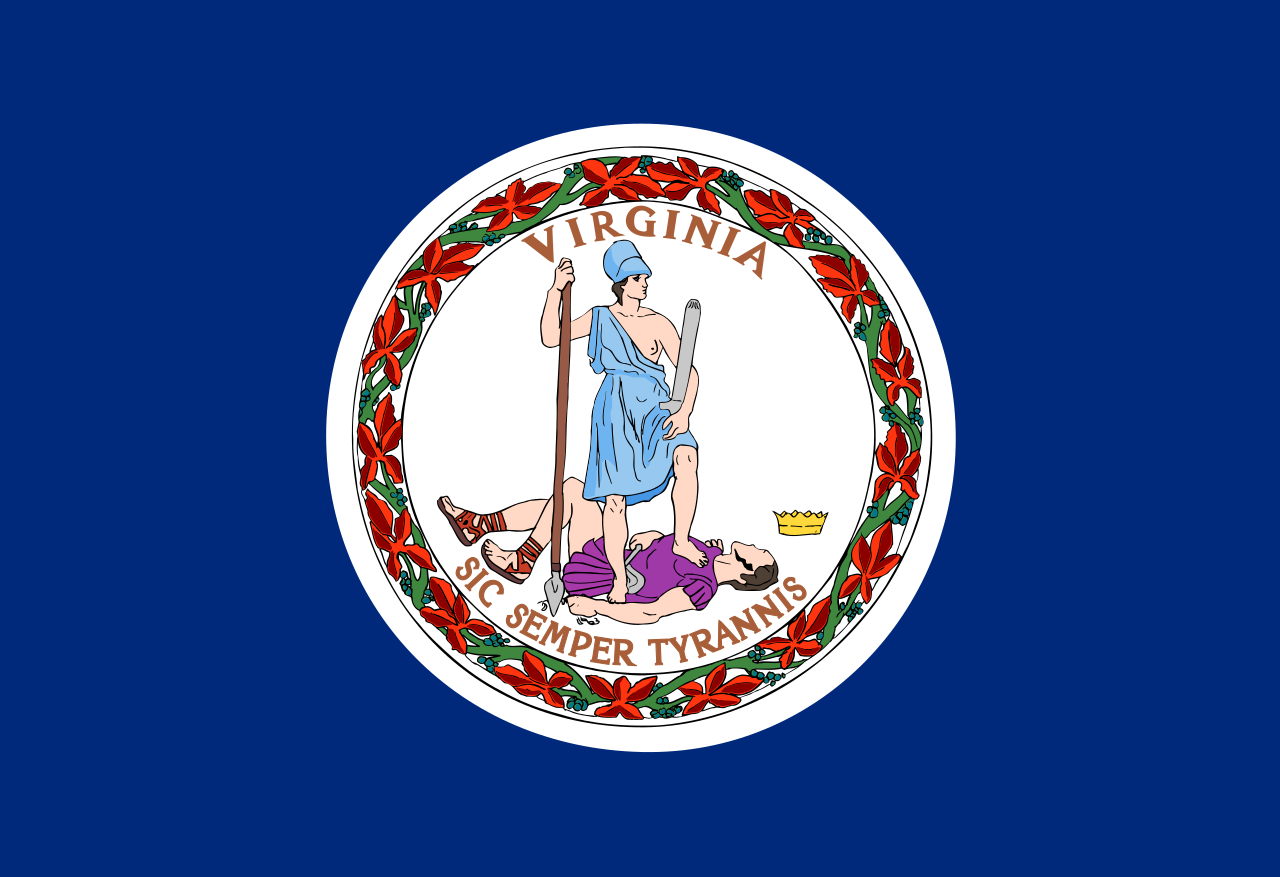 Virginia-VA
Virginia-VA